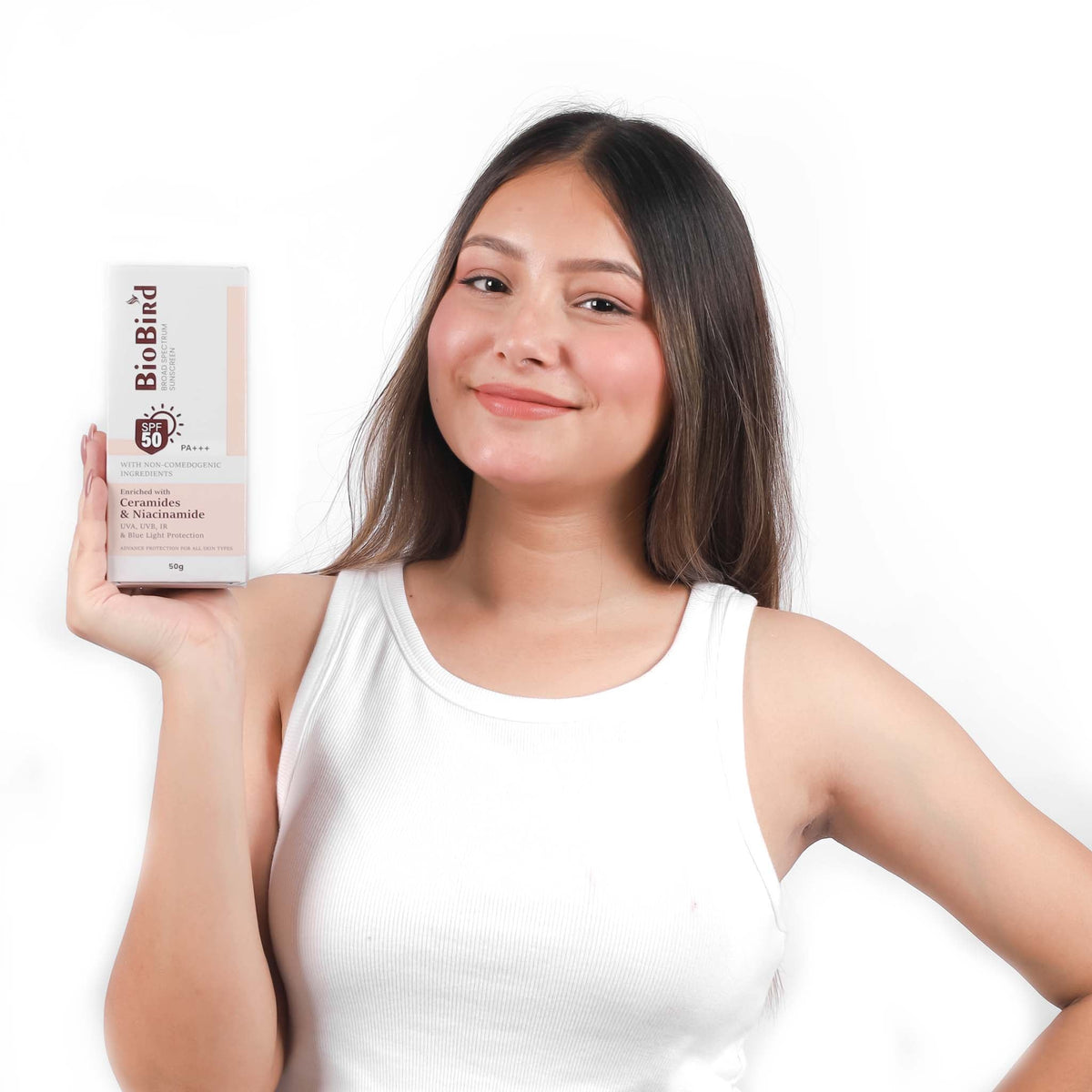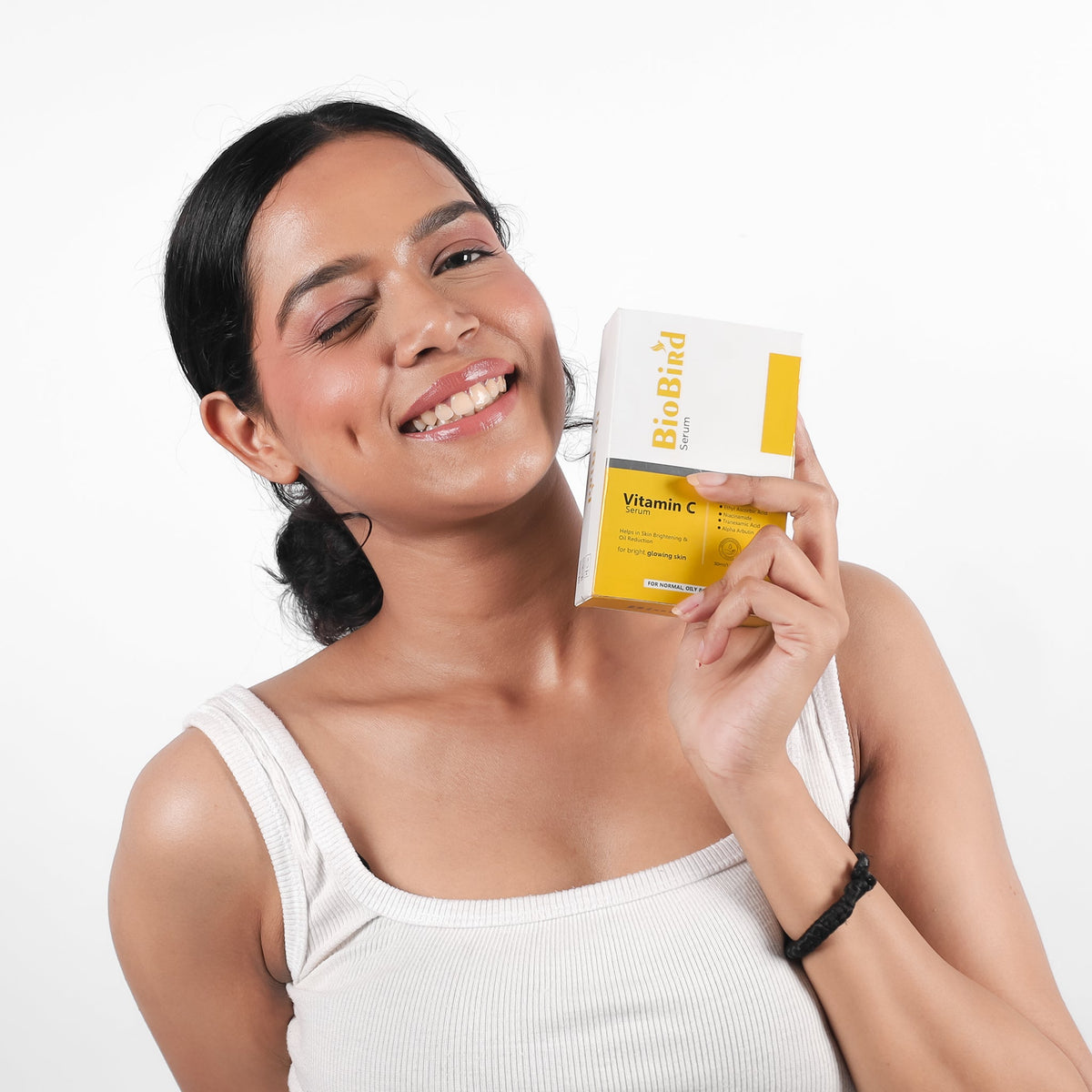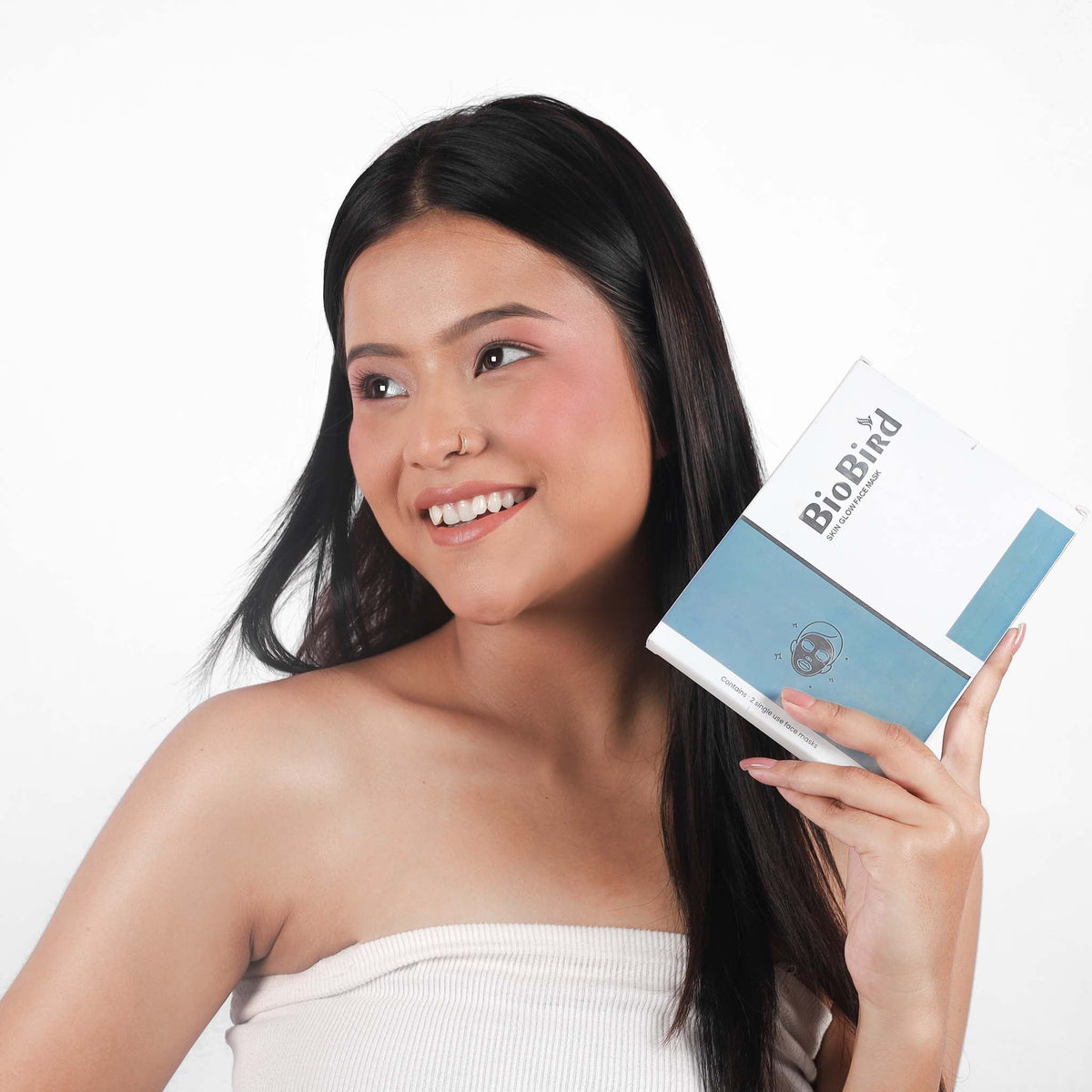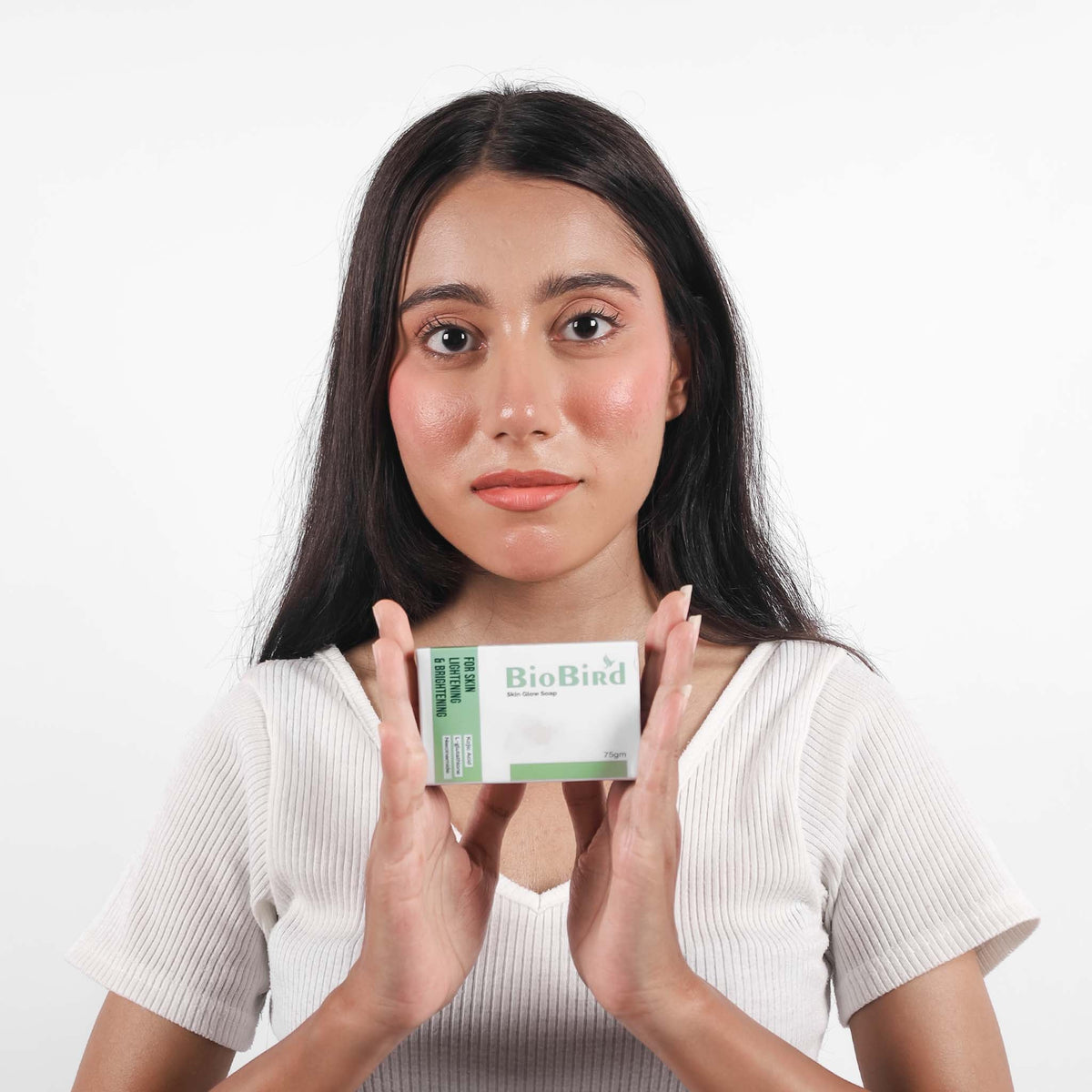Long before the rise of commercial skincare, our grandmothers and great-grandmothers relied on nature’s bounty to maintain radiant, youthful skin. Without fancy creams or serums, they mastered the art of using kitchen ingredients and Ayurvedic wisdom to create DIY beauty elixirs that stood the test of time. Their secret was simplicity—pure, chemical-free remedies in harmony with nature and their skin’s needs.
What made these remedies truly special was their ability to naturally address skin concerns while remaining deeply rooted in tradition and self-care. Whether it was sandalwood paste to cool the skin during summer or a malai (cream) and honey mask for winter hydration, every remedy was carefully crafted with love and wisdom. These age-old nuskhe (home remedies) not only nurtured the skin but also strengthened the bond between generations as beauty secrets were lovingly passed down from mothers to daughters.
Let’s revisit these timeless traditions and explore the best DIY skincare solutions that have been with us all along.
Article Highlights
- The Importance of DIY Skincare
- How to Create Your DIY Skincare Products: A Step-by-Step Guide
- 7 Effective Grandmother’s Beauty Recipes for Healthy Skin
- Instructions for Proper Use and Storage of DIY Skincare Products
- Dermatologist-Recommended Tips for Holistic Skincare
- Conclusion
- Frequently Asked Questions (FAQs)
The Importance of DIY Skincare
Commercial skincare products often contain synthetic chemicals, preservatives, and artificial fragrances that may cause irritation, allergies, or long-term skin damage. DIY skincare allows individuals to take control of what they apply to their skin, ensuring that only natural and beneficial ingredients are used.
Using homemade skincare not only benefits your skin but also deepens your understanding of how natural ingredients interact to promote skin health. Additionally, DIY skincare is often more cost-effective than high-end beauty products, making it accessible for those looking to maintain healthy skin on a budget.
Beyond personal benefits, DIY skincare supports sustainability by reducing plastic waste from commercial product packaging. It encourages the use of organic and eco-friendly ingredients, promoting an environmentally conscious beauty routine.
How to Create Your DIY Skincare Products: A Step-by-Step Guide
Understanding how different ingredients work for specific skin types is key to formulating an effective skincare product at home. Here’s a guide for creating customized skincare products tailored to your different skin needs and concerns.
Step 1: Determine your skin type (oily, dry, combination, or sensitive) and identify your primary skin concern. Decide on the product type you need, such as a cleanser, moisturizer, scrub, mask, or serum.
Step 2: Choose a base ingredient that forms the foundation of your DIY skincare product, providing essential cleansing, nourishment, or hydration properties.

Select ingredients based on your skin type, such as:
- Oily/Acne-Prone Skin – Aloe vera gel, raw honey, bentonite clay, tea tree oil, witch hazel
- Dry Skin – Yogurt, coconut milk, shea butter, avocado oil, mashed banana
- Combination Skin – Rose water, milk, jojoba oil, argan oil
- Sensitive Skin – Oat flour, chamomile tea, calendula-infused oil, cucumber puree
Step 3: Add active ingredients to enhance the benefits of your skincare product. These may include brightening agents, hydrating elements, acne-fighting components, anti-aging boosters, or spot treatments such as:
- Deep Cleansing & Detoxifying: Bentonite clay and activated charcoal
- Hydration & Moisture Locking: Glycerin, Honey, Rose water
- Brightening & Anti aging and Even Skin Tone: Lemon juice, Turmeric, Vitamin E oil, and Vitamin C powder

- Acne Fighting: Tea tree oil, aloe vera gel, witch hazel, raw honey
- Dark spot and pigmentation treatment: Rosehip oil, potato juice, licorice extract
Step 4: Mix the ingredients in a clean glass or wooden bowl using a wooden spatula to prevent unwanted reactions with metal.
Step 5: Apply the DIY product according to your skincare needs—for example, use cleansers daily, masks weekly, and scrubs as needed. Avoid overuse to prevent irritation and maintain skin balance.
Step 6: Customize DIY Skincare for seasonal changes, as our skin’s needs change with the seasons and require adjustments in formulations. For example, use lightweight ingredients like aloe vera, cucumber, and rose water in summer, richer ingredients such as shea butter, coconut oil, and honey in winter, and barrier-strengthening elements like almond oil, oats, and vitamin E in autumn
7 Effective Grandmother’s Beauty Recipes for Healthy Skin
Now that you have learned how to make various skin care products at home, it is time to reveal some secret beauty recipes that our grandmothers suggest for healthy, glowing skin.
- DIY Gentle Honey & Aloe Facial Cleanser
Mix 2 tablespoons of raw honey with 1 tablespoon of aloe vera gel, 1 teaspoon of jojoba oil, and a few drops of lavender essential oil. This blend hydrates, soothes, and balances the skin. Massage onto damp skin in circular motions and rinse with lukewarm water. Apply a small amount to damp skin, massage in circular motions for 1-2 minutes, rinse with lukewarm water, and pat dry. This cleaner helps to remove dirt, oil, and impurities while maintaining the skin's natural balance.
- DIY Oat & Yogurt Exfoliating Scrub

Mix 2 tablespoons of ground oats with 1 tablespoon of yogurt and 1 teaspoon of honey. Oats remove dead skin cells without irritation, yogurt contains lactic acid for mild exfoliation, and honey keeps the skin moisturized. Massage onto damp skin for 1-2 minutes and rinse with lukewarm water. Use this scrub once or twice a week. This DIY scrub helps to remove dead skin cells, unclog pores, and improve skin texture.
- DIY Hydrating Aloe & Vitamin E Moisturizer
Blend 2 tablespoons of aloe vera gel with 2 drops of vitamin E oil. This moisturizer hydrates, balances oil production, and repairs the skin barrier. Apply a small amount to damp skin after cleansing for best results. This moisturizer hydrates the skin and provides essential nutrients to maintain a healthy barrier.
- DIY Acne Spot-Fighting Turmeric & Tea Tree Mask
Mix 1 teaspoon of turmeric powder with 1 tablespoon of aloe vera gel and 2 drops of tea tree oil. Turmeric reduces inflammation, tea tree oil fights bacteria, and aloe vera soothes irritation. Apply the mask to affected areas, leave it on for 10-15 minutes, and then rinse. Use this treatment 2-3 times a week to keep breakouts at bay. This acne spot treatment works by targeting blemishes with potent antibacterial and anti-inflammatory ingredients
- DIY Papaya & Lemon Face Mask for Glowing Skin
Blend 2 tablespoons mashed ripe papaya, 1 teaspoon of lemon juice, and 1 teaspoon of honey into a paste, apply to the face, leave for 10 minutes, and rinse thoroughly. This DIY mask can provide an instant boost of radiance and hydration to the skin and provide an instant glow to your face.
- DIY Lemon & Honey Serum for Reducing Dark Spots

Combine 1 tablespoon of honey with 1 teaspoon of lemon juice and 1 drop of rosehip oil. Honey nourishes, lemon juice acts as a natural brightener, and rosehip oil aids in skin repair. Apply the serum to dark spots for 10 minutes, then rinse. Since lemon juice increases sun sensitivity, use this treatment only at night and apply sunscreen the next morning.
- DIY Gram Flour Ubtan for Tan Removal & Even Skin Tone
Mix gram flour, turmeric, yogurt (or milk), lemon juice, and honey. Add rose water if needed to create a smooth paste. Apply this ubtan evenly to clean skin, covering tanned or uneven areas, and leave it on for 15-20 minutes until semi-dry. Wet your hands, gently scrub in a circular motion, and rinse with lukewarm water. Pat dry and apply a moisturizer. Use this 2-3 times a week for removing tan and even skin tone. Avoid direct sun exposure immediately after using lemon juice, and always apply sunscreen during the day to prevent further tanning.
Instructions for Proper Use and Storage of DIY Skincare Products
DIY skincare products contain natural ingredients that may spoil quickly. To maintain their efficacy:
- Storage Tips: Store in clean, airtight containers to prevent contamination.

Use dark glass bottles for oil-based formulations and refrigerate perishable ingredients.
- Patch Testing: Before full application, test on a small skin area and wait 24 hours for reactions.
- Frequency of Use: Avoid overuse—scrubs 1-2 times per week, masks 2-3 times per week, and moisturizers daily.
- Sun Sensitivity Warning: Some ingredients, like lemon juice and turmeric, increase sun sensitivity. Always apply sunscreen after use.
- Hygiene: Use clean, sanitized tools when preparing and applying DIY products.
Dermatologist-Recommended Tips for Holistic Skincare
A holistic approach goes beyond topical treatments and includes overall health. A healthy diet, physical activity, proper sleep, and stress management are crucial for healthy, glowing skin. By adopting a well-rounded lifestyle that includes proper nutrition, hydration, and stress control, you can enhance the effectiveness of your DIY skincare routine and achieve long-lasting skin wellness.

Here are some dermatologist-recommended tips for holistic skin care:
- Drink plenty of water for toxin removal and skin hydration.
- Incorporate antioxidant-rich foods (vitamins A, C, and E) and omega-3s, and avoid unhealthy, processed, and sugar-rich foods.
- Get adequate sleep and do meditation to manage stress and improve skin health.
- Do regular exercise as it improves blood circulation, which further enhances skin cell renewal and imparts a natural glow
- Stick to a simple, effective skin care routine, and avoid overloading your skin with too many products.
- Apply sunscreen daily to prevent premature aging and sun damage, even with DIY skincare.
- Adjust your skincare routine based on how your skin reacts rather than blindly following trends.s
- Follow a skin care routine consistently for long-term improvements
Conclusion
DIY skincare empowers individuals to take charge of their beauty routine with natural, sustainable solutions. By selecting the right ingredients and enhancing them with botanicals, you can create customized skincare suited to your skin’s unique needs. These formulations are free from harsh chemicals, offering a gentle yet effective alternative to commercial products. Embrace nature’s power, adjust recipes as needed, and enjoy personalized DIY skincare!
Frequently Asked Questions (FAQs)
- Are DIY skincare products safe for all skin types? DIY skincare products can be tailored to suit different skin types by selecting appropriate natural ingredients.
- How do I prevent contamination in homemade skincare products? Use clean, sanitized tools and containers, and always wash your hands before handling ingredients to maintain product integrity.
- Can I customize DIY skincare recipes to address specific skin concerns? Absolutely. By choosing ingredients known to target issues like dryness, acne, or aging, you can tailor recipes to your needs.
- Are there any natural preservatives I can use in my formulations? Natural preservatives like vitamin E oil can help extend shelf life, but always research appropriate usage rates.
- Can DIY skincare products replace my entire skincare routine? While many find success with DIY products, it's important to assess your skin's response and consult with a dermatologist for personalized advice.






0 comments